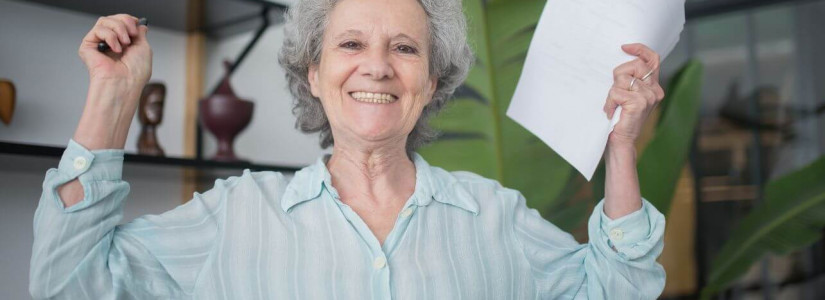States Press to Increase Unemployment Benefits
The biggest ongoing benefit in American history has been the federal unemployment supplement. In 2020, it was pushed by Donald Trump as a $500 weekly payment to help people whose jobs were lost due to the economy shutting down because of COVID. By the time Joe Biden took the office as President, the supplement had been lowered to $300, and he kept it alive through a couple of different executive orders. Though the benefit is set to expire completely the first week of September, and instead of fighting the federal government to extend this benefit for longer, some states are fighting to offer more money to their unemployed at the local level.
For most states, they've been paying out an average of $300 per week, which is already an increased figure for most due to COVID, given the fact that state unemployment benefits usually only cover roughly half of a person's weekly salary. This is far from the only change with state unemployment. Many states also extended the period for eligibility. Prior to COVID, a person could draw 26 weeks of unemployment, but some states increased that indefinitely. These states also mostly did away with the previous stipulation that an unemployed person must seek gainful employment while on the benefit. Now, after well more than a year, some of these states are still trying to get as much money as possible for people who aren't working.
These states include Maryland, California, New York, Illinois, and a few others. They are trying very hard to combat the ending of the federal benefit by increasing what will be paid out at a state level. There are different numbers floating around, all of which are well above half of what the state already used to pay. Maryland has even floated the idea of paying 100% of the median income earned on a state level, not just on a personal level. The thinking is that this should average out to around $600 per week, which is what people were getting with their state unemployment and federal benefit added together. For these states, people have gotten used to getting this money now, and they feel it will do more harm than good to take it away and leave them with less than they have received for the past year.
Why States Want More Money
American polarization isn't exactly something new. While all the mainstream and social media outlets might lead people to believe that Americans just started to divide down the middle when former President Trump was elected in 2016, the fact of the matter is that Republicans and Democrats have always been set up in opposition to one another, with each party having separate ideas on how to help people. Republicans focus on businesses and the economy and getting people to work. Democrats are more focused on benefits and aid packages for people. So, what we see here are that states with Republican governors want to get rid of the federal unemployment benefit, while states with Democratic governors tend to want the federal supplement to keep going while also increasing the amount state unemployment offers.
The thinking here is that people need more help during times like these, when COVID is still around and making some people very sick. Democrats believe that if they give people more money, they won't have to risk going to work and getting sick or getting others sick. Republicans believe we have to brave through this and open the economy back up, so people can get back to work.
Who's right and who's wrong here? It's hard to say. Only time will end up telling the tale. Though we can look to these different states to see which end up doing better economically. The states that increase unemployment benefits for people so that they don't have to work to get by, vs. the states that focus more on job creation and labor. As of right now, the states that cut off the federal benefits are doing better economically, but it's not by a lot. Then again, the effects of debt accumulation usually aren't felt until much later on.
All we know for sure that states like Maryland, New York and California are going to end up offering people more unemployment, one way or the other. We'll all just have to wait to see whether this is a good thing or a bad thing.
Related Articles
View all postsGet senior benefits assistance
Get personalized help to unlock your senior benefits—no hassle, just support.
Get Started











